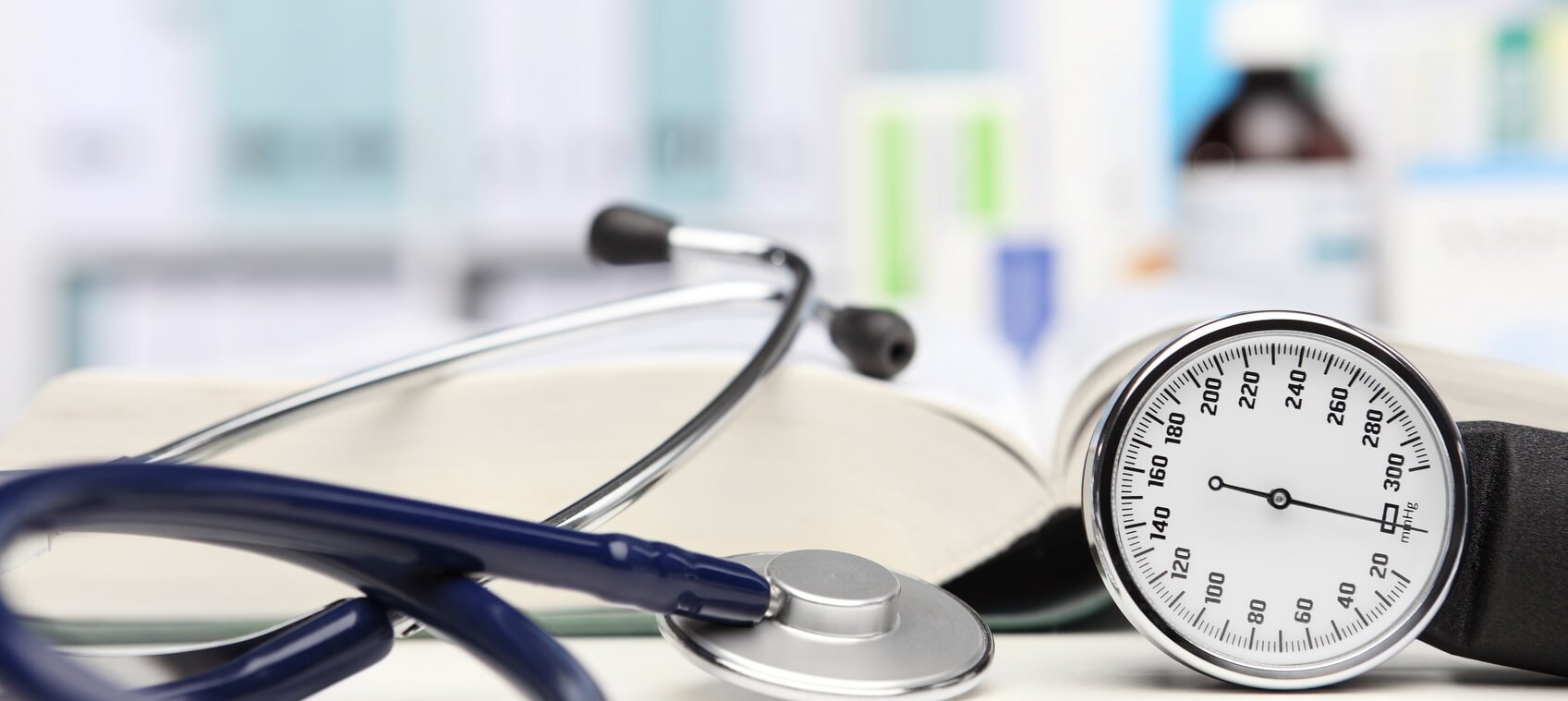
High blood pressure often has no symptoms, which is why it’s referred to as the "silent killer." The most important thing you can do to keep yourself out of the “danger zone” is to test your blood pressure levels regularly.
Healthy blood pressure levels are considered to be less than 120 over 80 mmHg, where the first number is systolic pressure and the second is diastolic pressure. Systolic pressure is the amount of force created as blood is pumped into your arteries, and diastolic pressure is the force that results when your arteries contract and resist the flow of blood.
High blood pressure means you have a systolic blood pressure of 130 mmHg or greater, or a diastolic pressure greater than 80 mmHg. Hypertensive crisis—where emergency care is needed—is defined as a high blood pressure level with a systolic reading of higher than 180 mmHg or a diastolic reading of higher than 110 mmHg. It is estimated that 73 million Americans have high blood pressure levels and uncontrolled high blood pressure.
How To Monitor Your Blood Pressure at Home
If you have a strong family history of high blood pressure levels, like I do, I recommend getting a blood pressure monitor you can use at home. Not only does it let you test your blood pressure levels more frequently—it helps you avoid something called "white coat hypertension." That’s when your blood pressure spikes in the doctor’s office due to the anxiety of the situation, giving you an artificially high reading.
Because getting an accurate blood pressure test reading is an important first step to controlling high blood pressure, I want to share with you the four guidelines I follow when checking my patients’ blood pressure.
Blood Pressure Test Guidelines
1. Refrain From Talking
When taking a resting blood pressure test, I don’t let people talk. Talking drives your numbers up. As a group, air traffic controllers have higher-than-normal blood pressure. They’re under enormous pressure—and they talk all the time.
2. Try to Relax
It’s clichéd but true—the worst place to take a blood pressure test is in a doctor’s office.
Many people come in with considerable anxiety (hyperarousal), and that drives the numbers up. This is why I have more faith in home blood pressure test readings than I do in those recorded in a doctor’s office. It’s also why I avoid taking a blood pressure test if the patient rushed getting to my office, especially when he or she was caught in traffic, when the outside temperature is very cold, or when some emotional stress issues are ongoing.
The bottom line: Remain calm before and during any blood pressure test.
3. Position Yourself Properly
Research has shown that the results of your blood pressure test can be affected if your pressure is taken while you’re sitting on an exam table without arm or back support, or while your feet are dangling instead of being on the floor. Standards adopted by the American Heart Association—and I agree with them—include:
- The patient should be seated with back support.
- The patient's bare arm should rest on the table so that when the cuff is placed on the upper portion of that arm it is at “heart level.”
- The patient should have his or her feet on the floor and not dangling.
- The stethoscope bell—or sensor—should overlay the brachial artery, which is at the inside of the bend of your elbow, where a pulse can usually be found.
4. Try Both Arms
For some people, a blood pressure difference between the two arms is normal. Doctors should note it on your medical record, and track it accordingly on both sides. They will usually take an average of the two blood pressure readings.
For standardization and accuracy, blood pressure should be taken exactly the same way every time. It's best to take a blood pressure reading an hour after awakening, before breakfast.
However, if you are monitoring your blood pressure at home, I recommend taking blood pressure tests at different times throughout the day and averaging your readings to get the best sense of what your current pressure is. Doing this is important because blood pressure fluctuates over the course of the day, and you don’t want all of your readings to be taken at a time when it’s naturally high or low.
WATCH: How to Properly Take Your Blood Pressure Test at Home


